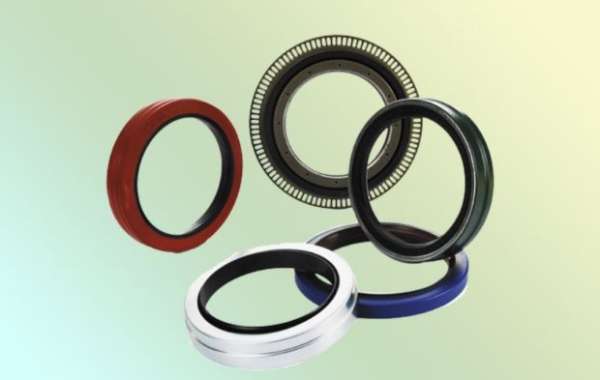In construction and building applications, seals play a critical role in maintaining the integrity of structures, providing protection against environmental elements, and ensuring the longevity and efficiency of various components. Here are key considerations for seals in construction and building applications:
Types of Seals in Construction and Building:
Window and Door Seals:
- Applications: Seals for windows and doors provide weatherproofing, insulation, and protection against air and water infiltration.
- Materials: Common materials include EPDM rubber, silicone, or thermoplastic elastomers.
Expansion Joint Seals:
- Applications: Seals used in expansion joints to accommodate movement caused by temperature changes, settlement, or structural expansion.
- Materials: Depending on the application, materials may include neoprene, rubber, or thermoplastic materials.
Roofing Seals:
- Applications: Seals for roofing systems to prevent water ingress and provide weatherproofing.
- Materials: EPDM, TPO (thermoplastic olefin), or modified bitumen materials are commonly used in roofing seals.
Concrete Joint Seals:
- Applications: Seals for joints in concrete structures to prevent water penetration and protect against chemical exposure.
- Materials: Silicone, polyurethane, or polysulfide materials may be used depending on the requirements.
Curtain Wall Seals:
- Applications: Seals in curtain wall systems to provide thermal insulation, weatherproofing, and structural integrity.
- Materials: EPDM, silicone, or thermoplastic materials are chosen for curtain wall seals.
Facade Seals:
- Applications: Seals used in building facades to prevent water infiltration, air leakage, and provide insulation.
- Materials: EPDM, silicone, or thermoplastic elastomers are commonly used for facade seals.
Concrete Formwork Seals:
- Applications: Seals used in the joints of concrete formwork to prevent leakage during the pouring and curing of concrete.
- Materials: Rubber or PVC materials with good compression and recovery properties.
Firestop Seals:
- Applications: Seals used in fire-rated assemblies to prevent the spread of fire and smoke through joints and openings.
- Materials: Intumescent materials that expand when exposed to heat, creating a barrier against fire and smoke.
Key Considerations for Construction and Building Seals:
Weather Resistance:
- Seals in construction and building applications must withstand exposure to various weather conditions, including rain, snow, UV radiation, and temperature fluctuations.
UV Resistance:
- Seals exposed to sunlight, such as those on windows, doors, or facades, should have UV-resistant properties to prevent degradation over time.
Waterproofing:
- Seals must provide effective waterproofing to prevent water ingress into buildings, which can lead to structural damage and mold growth.
Thermal Insulation:
- Seals used in windows, doors, and building envelopes contribute to thermal insulation, helping to enhance energy efficiency and maintain comfortable indoor temperatures.
Flexibility and Movement Capability:
- Seals in expansion joints and dynamic building components must be flexible to accommodate movement caused by structural settling, temperature changes, or other factors.
Chemical Resistance:
- Seals used in environments with exposure to chemicals, such as concrete joints or industrial buildings, should be resistant to chemical degradation.
Fire Resistance:
- Firestop seals are crucial in preventing the spread of fire through building joints. These seals should be designed to withstand high temperatures and inhibit the passage of flames and smoke.
Ease of Installation:
- Seals should be designed for ease of installation during construction or retrofitting processes. Proper design contributes to efficient assembly and reduces installation time.
Durability:
- Construction and building seals must be durable to withstand the long-term effects of weather, temperature changes, and other environmental factors.
Compatibility with Building Materials:
- Seals should be compatible with the materials used in construction, such as concrete, metal, glass, and various building cladding materials.
Low Maintenance:
- Seals that require minimal maintenance contribute to the long-term efficiency of buildings. Low-maintenance seals help reduce the need for frequent replacements or repairs.
Adherence to Building Codes and Standards:
- Seals used in construction must comply with local building codes and industry standards to ensure they meet safety and performance requirements.
Energy Efficiency:
- Seals contributing to thermal insulation and airtightness support energy-efficient building designs, reducing heating and cooling energy consumption.
Noise Reduction:
- Seals used in windows, doors, and other building components contribute to sound insulation, minimizing noise transmission and enhancing occupant comfort.
Seals in construction and building applications are integral to the overall performance and sustainability of structures. Proper selection, installation, and maintenance of seals contribute to the longevity and efficiency of buildings, addressing both structural and environmental considerations.
See more








